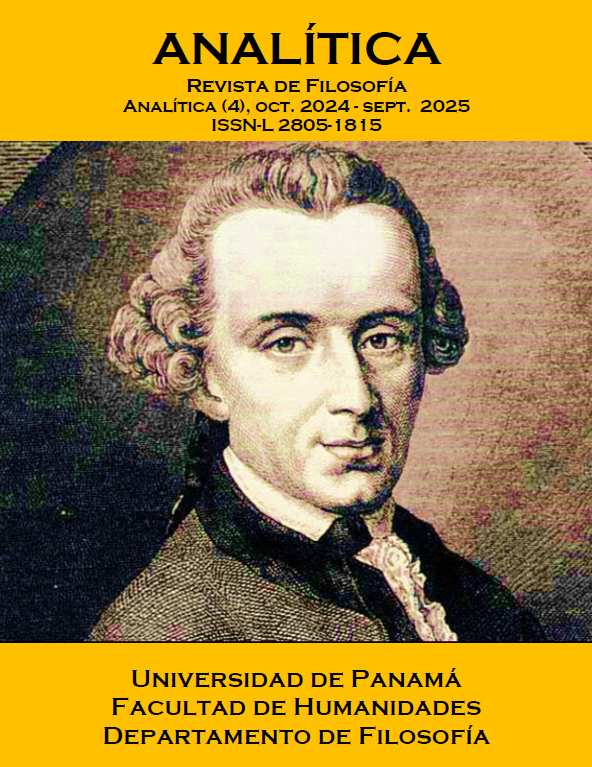

Copyright (c) 2024 Analítica

This work is licensed under a Creative Commons Attribution-NonCommercial-ShareAlike 4.0 International License.
This article discusses the issue of the constitution of reality and the role of language in it in the late Wittgenstein. Here the author examines the key role of grammar in the connection of language with reality and distinguishes ‘levels’ of constitution: (1) the ontological relation in the triad language-thought-reality, (2) intersubjective ‘conventional’ level, (3) a level beyond any conventions (ethics or mystical) within the realm of one reality. I argue that for Wittgenstein language was a vehicle of thought, however, he admitted processes of thinking that are inexpressible with words, for their expression we may other languages: image-language, sound-language, and gesture-language. Language reflects a human way of thinking, if we had another way of thinking we would have another grammar and other concepts. The essential nature of the human mind is concept formation. However, the concept of mind itself is a hypothesis. The harmony between thought and reality is found in the grammar of language. But an agreement of thought and reality is not a simple representation, along with the method of projection, Wittgenstein emphasizes the method of application. And the only key to the relationship between language and reality is grammar.